Archived Comments
Enjoy the past comments below for Light and shade…
There is a fabulous series on drawing by James McMullen running on The New York Times website at the moment. Have a look: http://opinionator.blogs.nytimes.com/category/line-by-line/
Thank you Robert, the light-and-shade counsel this morning was enlightening for me. I appreciated the clickback example very much. A line or two in your piece particularly stay with me, such as Light burns out detail. What a good bit of advice! And, looking for light patterns that are of unusual shapes, big and small, with abstract potential. One more thing, You and your dog and your car are a work of art.
I had never heard of you (probably not surprising since I was living in Australia) until I found your Painter’s Keys book. Well, I didnt actually find it, I bought it. Dont even remember what first brought it to my attention. Now, everybody I know knows about you and your book and Im actually painting again after 18 years of occasional workshop participation and no finished works. So, thanks for inspiring me with the book and the Twice Weeklies. I hope you will be around for a very, very long time.
I found Joaquin Sorolla painting’s on the internet under The Complete Works of . The examples of his way with light are astounding. Thank you for introducing him to me.
The way to creativity is silence.
You can drain away the color till near black and white and still offer a meaningful piece, but try and take away the light. I still regret not getting my old MG in a right wheel drive, love the car and the dog.
Sorolla is one of my shining lights.
I enjoy harmony both visually and simplistically with sophisticated work coming together — Thanks for the “sujet éclairé”. It’s our objective to be informed and to produce work that gives valuable benefits in various formats. I try not to be disheartened by doubt (which at time cast a long shadow) — though it appears to be part of a problem I must consider it as a background process. I also imagine the KISS program helps the work of the day take care of itself. To find that magical hour of inconceivable joy; once bare, the canvas now absolute with desire, I take preference to the subject at hand. There are differences in works of art and yet Artist rarely differ in goals and aspirations. Quite possibly we make it harder on ourselves than it has to be. The life of an Artist is at times is painful. That hurt which goes sight unseen and yet how mysterious its unveiling when approached with love or rather – light, as its been shown here.
I am so impressed with the framed finish to the boats painting in ‘Light and Shade’ As an Aussie I would love information on the moulded (linen textured?) mat/inner surround you have used. Thankyou
“Colour helps to express light, not the physical phenomenon, but the only light that really exists, that in the artist’s brain.” -Henri Matisse
Thanks for the Light and shade talk, Robert, we can never have too much of this! I loved your term “overdazzle” your lights. That describes the look so well; you want to have to put on sunglasses to look at the painting. Also putting the details in the shadow areas is something I needed to be reminded of. In watercolor, shadows are the opportunities for wonderful color, the lights are bare white paper. The two together done well are amazing.
Light was the main principle of most of the Impressionists. Many painters these days just can’t pull it off. Finding a proper light effect in subjects makes paintings so much more attractive. I can’t paint, but I do buy paintings, and the thing that most often attracts me is how the artist has achieved the effect of light.
Thank you ‘RG’ for replying to my email. I appreciate the ‘featured response’! I received your note with mixed feelings: relief – that you were NOT born with the silver spoon (instead the OCPD) and disappointment – I can’t say: “oh well, he’s had this or that…….”! Instead you are indeed just like the rest of most of us….work work work and practice practice practice in any field we want to “get good” in…..have been/was – an O/C Powder Skier for many years (Rossland/Red Mt having some of the BEST powder skiing in N. America) and since I developed this hankering to paint have always felt that in order to achieve/reach/grow I needed to attain that same obsessive – compulsiveness that enabled me to become a more than adequate skier. SO – ‘yes’ to the OCP Disorder – shall continue to nurture and nourish……and whilst I have come to believe that the act of making paintings is not “all about money”, the fact that someone is willing to exchange their dollars for something I create is inspiring in itself.
Do our gifts of creating, seeing beauty offer an uplifting healing effect on the world , so should we in these troubled times be putting our works everywhere people congregate …restaurants , libraries, banks,clinics hospitals hospices… should we be offering pieces for raffle and auction to help others // or is it about awards improving our skills and reputation ..what is our time asking of us
Robert, the photos of you in your jitney with your wonderful dog elevate my spirit every time I see them! My two rescued dogs would absolutely love a drive in a little red auto like yours!
Ah light & shade, shade & light. Without either our forms are flat, dull and lifeless! But, you add in a bit of subtle light combined with slight shading and suddenly your boring portrait now stands off the canvas and says “Look at me!!!”
Light and shade are primordial. They are the basic yin and yang, good and evil, truth and falsehood. Virtually all religions use light as a metaphor. Artists also need to attempt it and exploit it. Otherwise they are just moving paint.
On the right coast of Canada, here on the Bay of Fundy we paint boats out of the water because, unless you are also afloat, the boats go up & down so fast (an inch or more a minute) that you don’t have the same perspective for very long. Makes for some interesting distortions, though.
Catherine Stock: thank you for calling my attention to the series in the NYTimes. It’s been very helpful.
Patricia Paine: Your letter on 11/2/10 should we do our art to learn our craft, place in public places to brighten the spirits of others in hard times or sell for self. I have for the past several yrs been trying to improve my artistic abilities and have given many to those asking for my work in trade for a donation to a charity of my choice, whatever the person making a request can afford, or feels the painting is worth to them. I do not dictate the price of their donation. They must make it without anyones name attached to the donation. A remark was made to me,”but anyone could just take the painting and ‘tell’ you whatever they want.” This has always been obvious to me. However my feelling has always been, I recieve a lesson every time I paint a picture no matter what the subject matter. Those I keep I can constantly critique and improve my next work. When I give it to others they can help a charity or they can cheat the charity. or take a tax deduction which I state is against my wishes. Their honesty is their choice. I have already been paid with the experience of the work and the strength I have received by showing symbolsof strength in the art. No one is a looser. I asign these works a special signature not my own. I have gained more from these gifts than I have ever gained in workshops. What a gift we recieve in teaching children the gift of art. My Art heals me, and I hope inspires others.

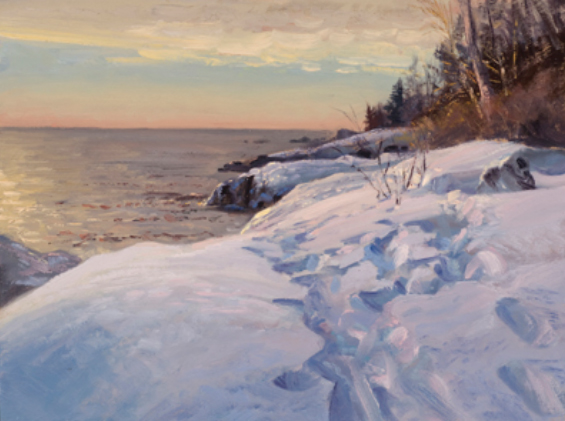
Steps Along the Lake Superior Shore oil painting by Scott Lloyd Anderson, Minneapolis, MN, USA |





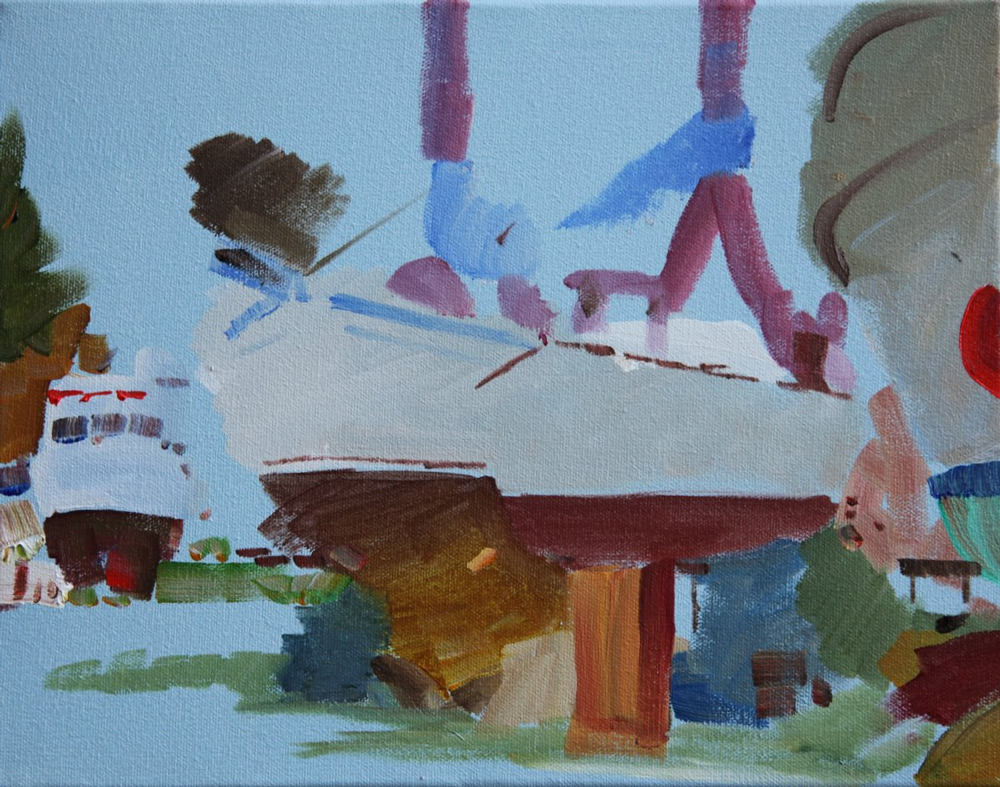
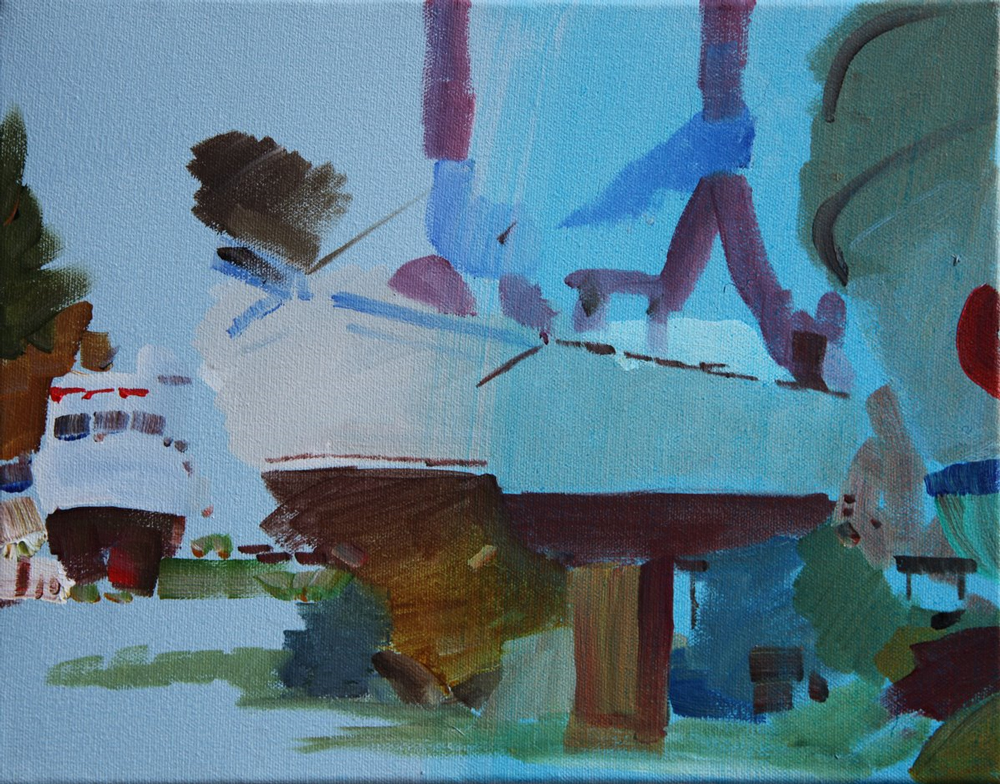
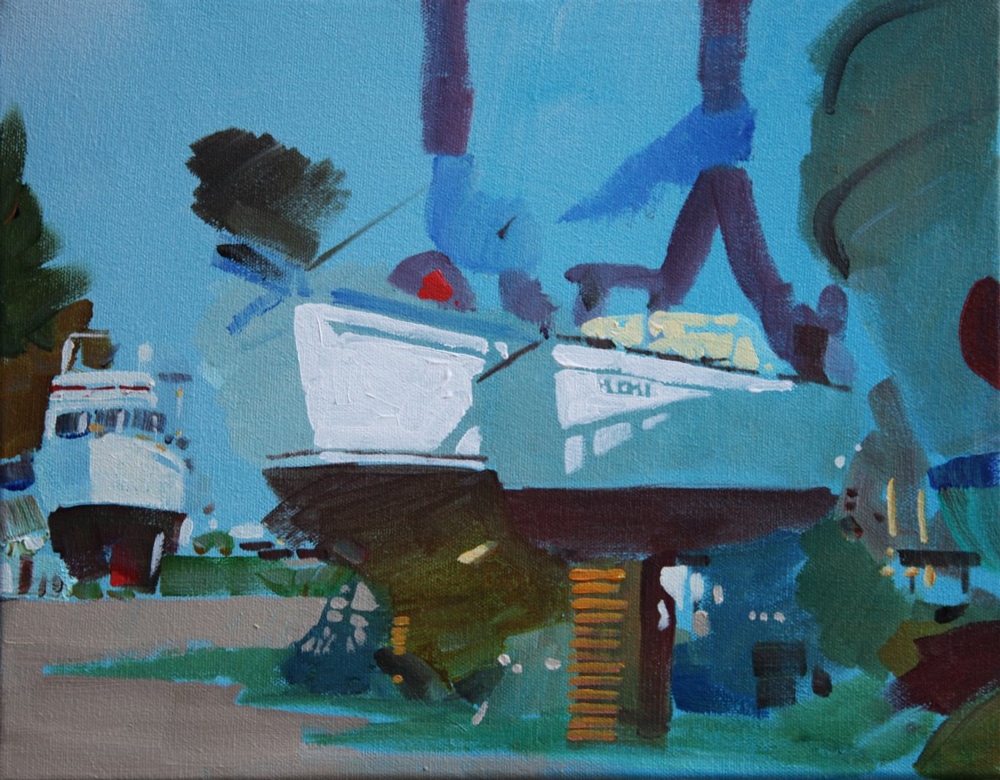
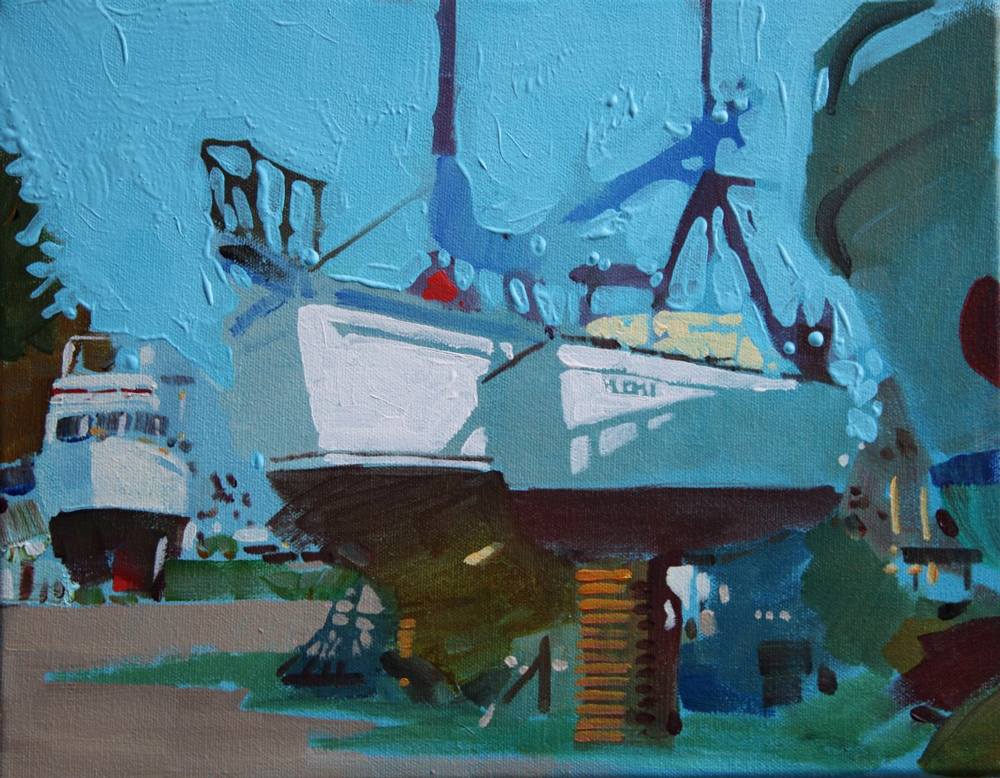
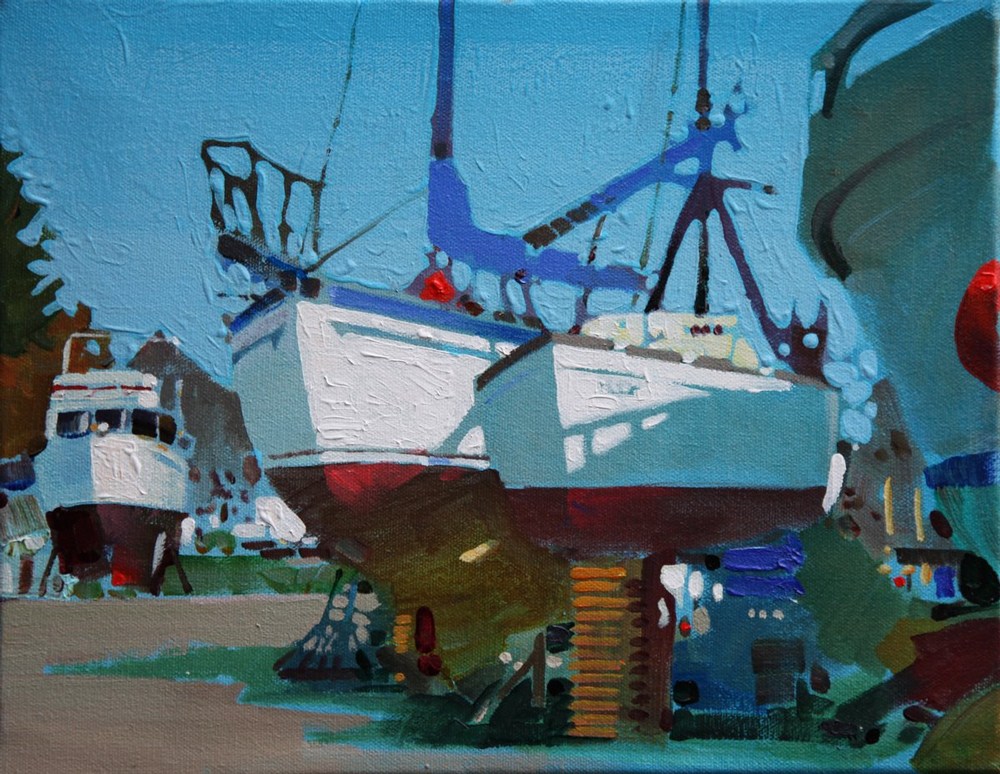
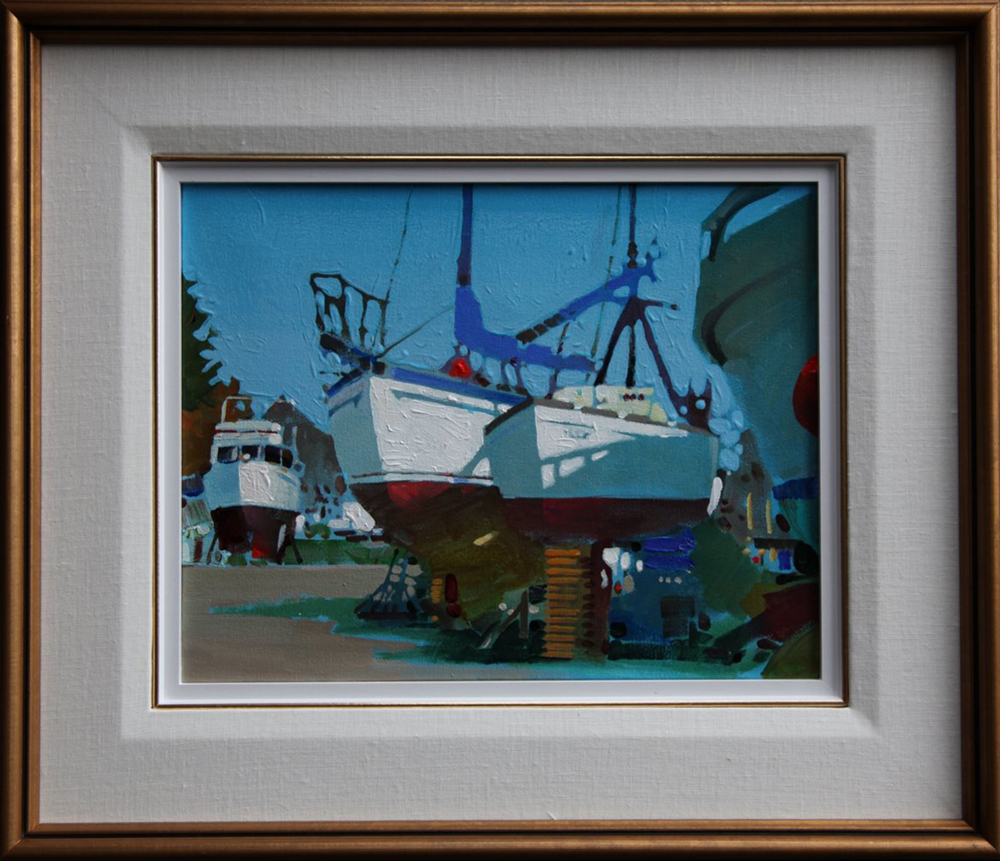
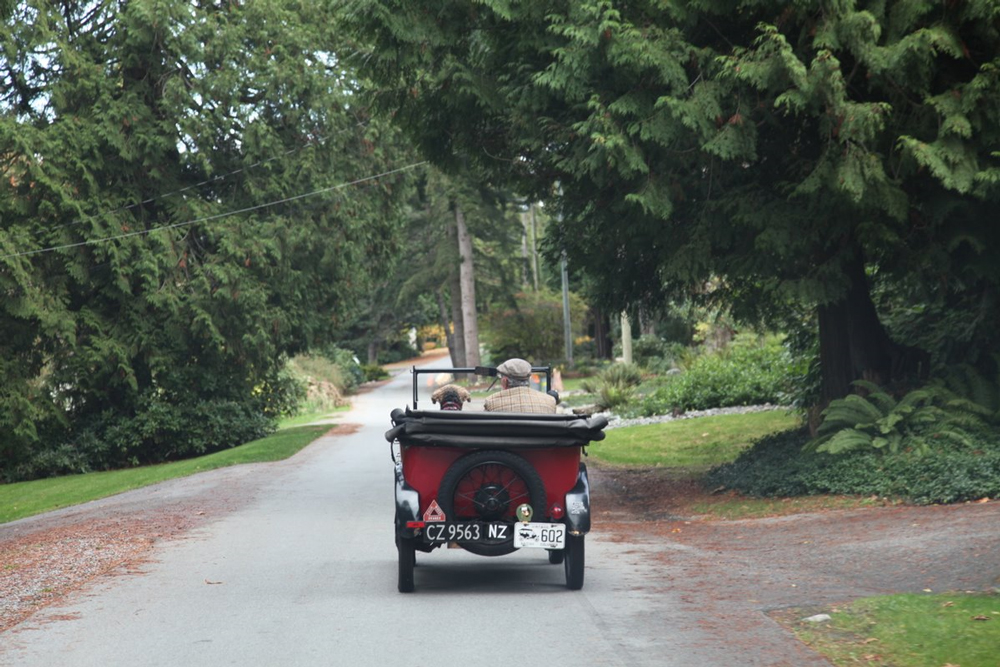




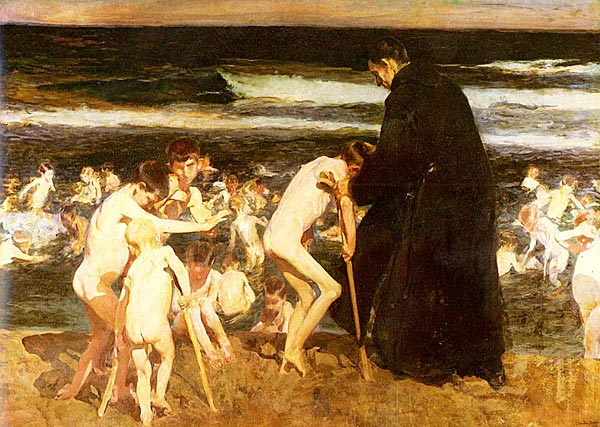
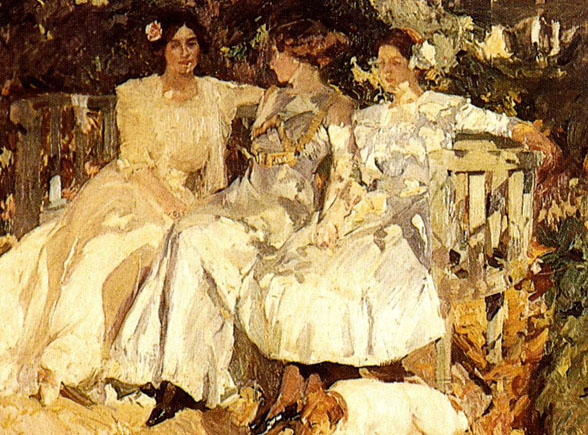
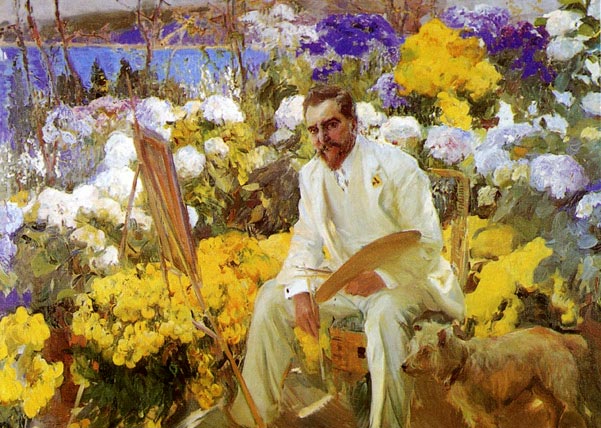






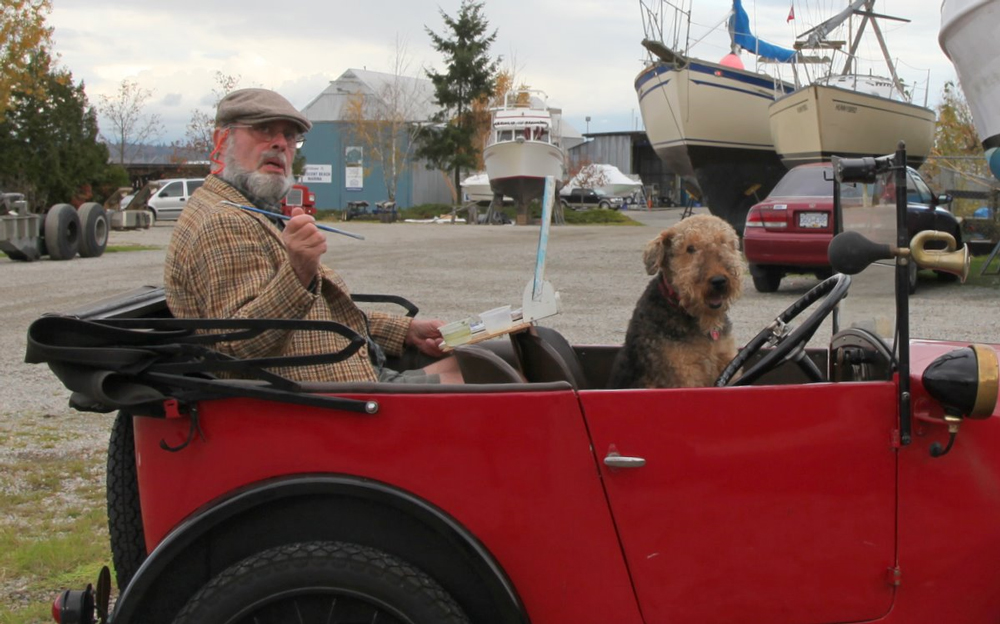



What a lovely surprise to see my letter and portrait here this morning! Please allow me to make one correction, however. It is actually colored pencil, not pastel. And, Robert, thank you for drawing my attention to Joaquin Sorolla’s work. It is positively alive!